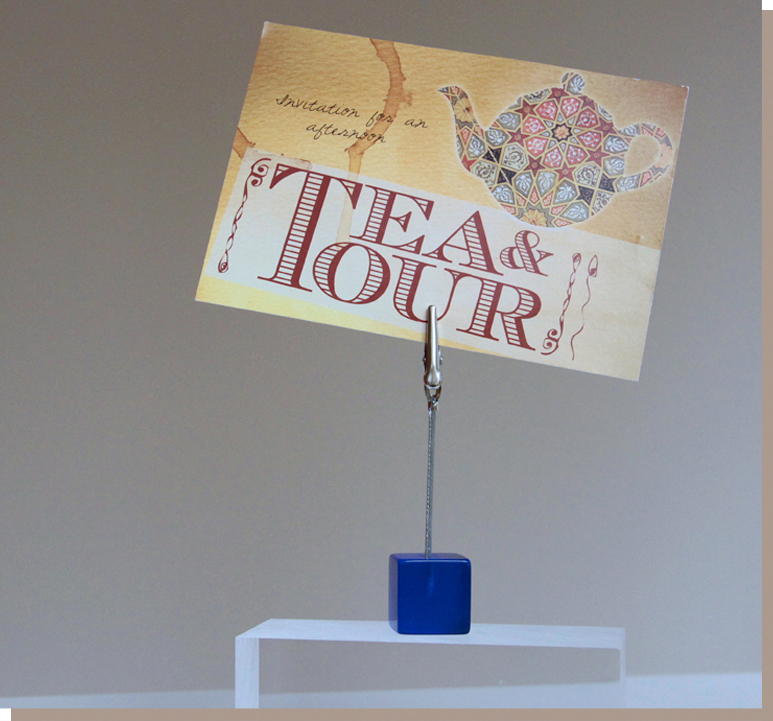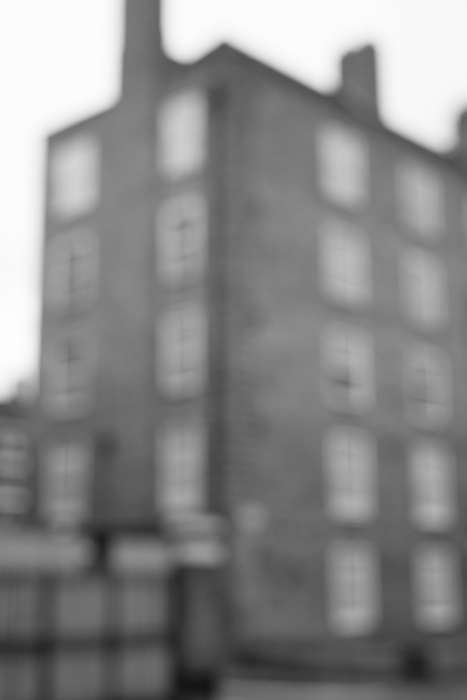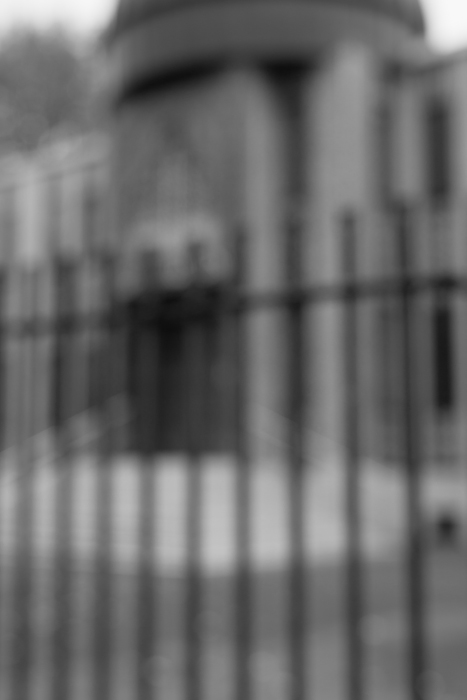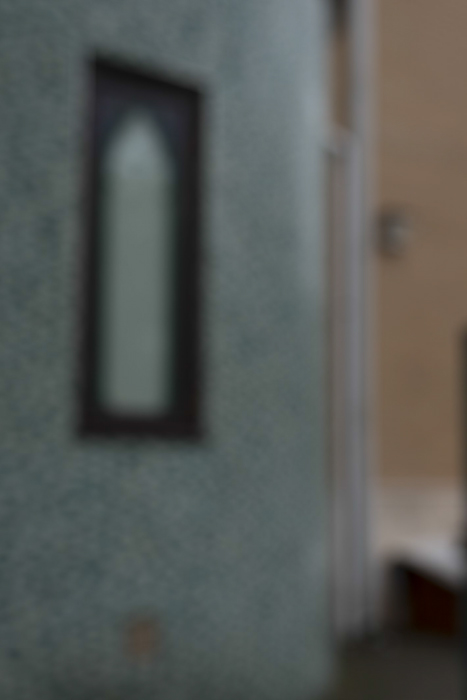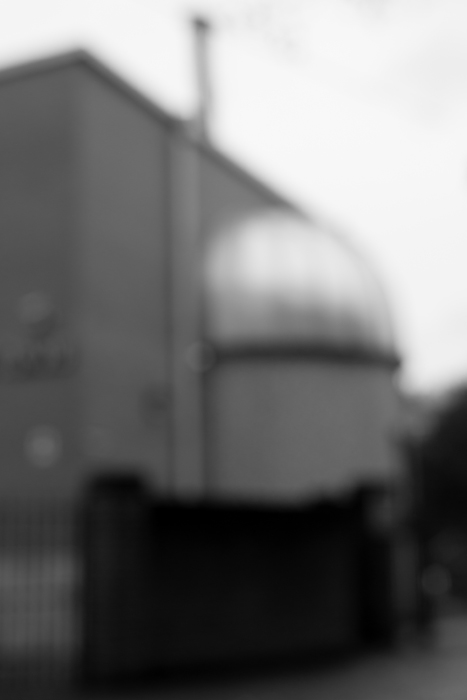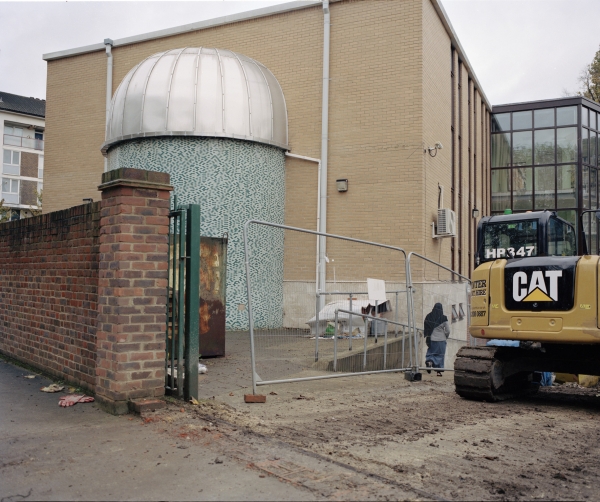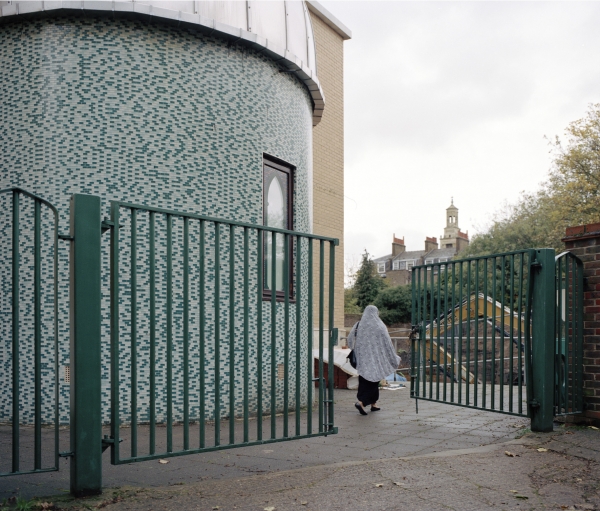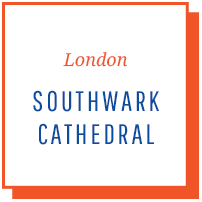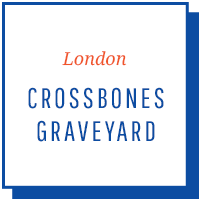THE POWER OF ARCHEOLOGY
As the rain patters down onto the streets, people try to stay dry under their umbrellas and run for cover. Yet the grounds of the Baitul-Aziz Mosque at Harper Road in Southwark are bustling with activity. A team of professional archaeologists and volunteer parishioners are working on a dig. Neither wind nor weather prevents them from spending several hours a day digging the soil around the mosque and examining its contents.
But why are excavations being carried out on the site of a London mosque? A glance back to the past explains everything: the mosque is bursting at the seams. Those who arrive late for the religious ceremonies have to make do with prayer mats outside. The community wants the building extended. The legislation states that the Council will only grant approval once an archaeological survey of the site has been carried out. The mosque community is doubtful about whether they will be able pay for the construction and excavations, since their budget relies solely on donation from the members of the community.
Unexpectedly, a solution was found. The commercial excavation company “Pre-Construct Archaeology” offered to take on voluntary members of the Muslim community to carry out the dig together with their professional team, thus keeping the costs down. Following an intensive training course, eight young men were given the opportunity to take part in the dig and support their community.
Findings have been brought to light, which testify to London life in days gone by: the remains of wooden Roman coffins and grave goods, and skeletons of cows from the 19th century, which had probably been culled due to the highly contagious rinderpest disease. Tobacco pipes and medicine bottles from the same period were also found.
In a journal entry, one member of the community enthusiastically explained how the dig opened his eyes to local history and gave him an insight into the fascinating world of archaeology: “You can find out so many amazing things from just picking up a piece of pottery.” Since his involvement in the dig, he feels more connected to the site of the mosque than ever.
This postcard is a public invitation to visit the Baitul Aziz Mosque and Islamic Cultural Centre. On Saturday 24th May 2014, the mosque community opened its doors to its neighbours for afternoon tea. Ushered in by volunteers wearing “Meet your Muslim Neighbour” t-shirts, locals and visitors alike were provided tours of the building and offered drinks, cakes and copies of the Qur’an.
For many of those visiting, this was the first time they had seen inside the Mosque. Most of the Centre’s neighbours only knew the building from its exterior facade as they walked along Harper Road. Peering from the first-floor windows, visitors could also inspect the recent excavations dug in preparation for a new extension. Moreover, the afternoon was an opportunity for those at the mosque to challenge stereotypes, dispel myths and open up their devotional world to audiences unfamiliar with Islam.
This postcard, promoting the open day, was found in the foyer of St George the Martyr Church on Borough High Street. The postcard’s placement, in an Anglican church, demonstrated a shared desire to work across the Borough’s different religious communities.
TIMELINE HARPER ROAD & DICKENS SQUARE
2015
2015
“Dickens Square: Great Excavations”, an exhibition at the Museum of London, displayed remains of Roman burials and grave goods, 18th century skeletons of diseased cattle, and domestic goods from several historical periods, all discovered in the grounds of the Baitul Aziz Mosque.
2013
2013 - 2014
The need to serve a growing Muslim population for Friday prayers and festivals led to a request for further expansion. Required by law to complete an archaeological survey, Muslim volunteers joined a team of professional archaeologists to dig the land behind the mosque and present the findings to the local community.
1990
1990 and 2006
A site on the corner of Harper Road and Dickens Square was acquired and planning permission was granted to build a mosque. A temporary building, accommodating 400 men, was later replaced with the current larger one, the Baitul Aziz Mosque and Islamic Cultural Centre, which caters for 2,500 men and women.
1980
1980s
A small mosque was opened by Bangladeshi Muslim migrants in the basement of a shop in Newington Causeway and used for children’s Qur’an classes. A Bengali women’s group was established at a nearby community centre.
1791
1791-1878
Harper Road was the site of Horsemonger Lane Gaol, one of several prisons in Southwark, where Charles Dickens witnessed a double hanging in 1849. Dickens’ father had been imprisoned as a debtor in another local prison, the Marshalsea.
1580
1580 -1613
This was the period of the early playhouses, from Newington Butts to the south of the area to The Rose, The Swan and The Globe on Bankside, where many of William Shakespeare’s plays were performed.
1000
43-350 AD
The area now known as Southwark was a Roman centre of trade and administration to the south of the Thames, with warehouses, large houses, barracks and temples.

